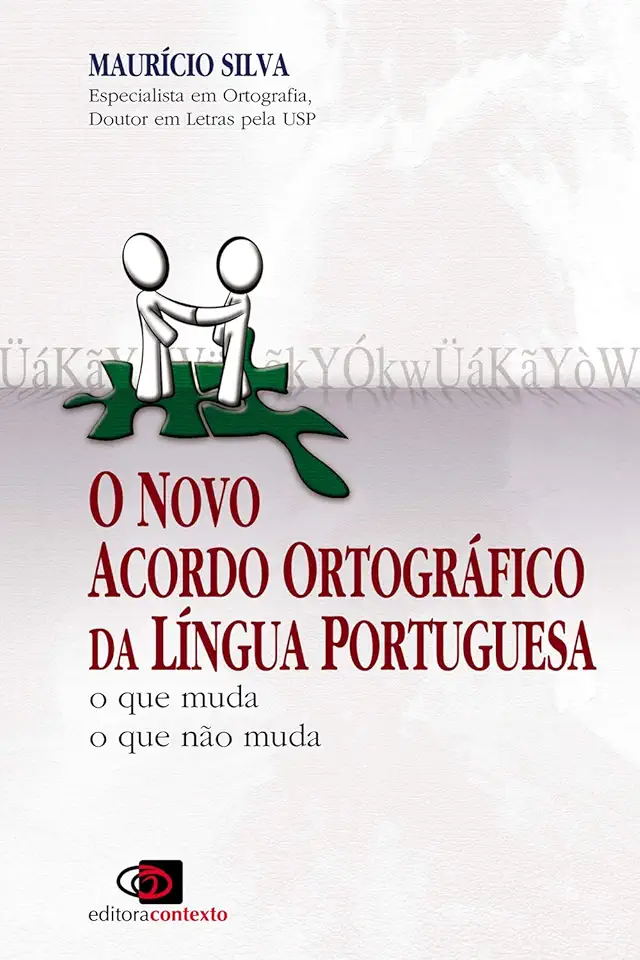
The New Orthographic Agreement of the Portuguese Language - Maurício Silva
The New Orthographic Agreement of the Portuguese Language: A Comprehensive Guide
Introduction
The Portuguese language is spoken by over 260 million people worldwide, making it the sixth most widely spoken language in the world. As a result, it is essential for communication in a variety of contexts, from business and education to travel and leisure. However, the Portuguese language has undergone a number of changes over the years, and these changes have made it increasingly difficult for people to communicate effectively.
In an effort to address these challenges, the Portuguese-speaking countries of Brazil, Portugal, Angola, Mozambique, Cape Verde, Guinea-Bissau, São Tomé and Príncipe, and East Timor signed the New Orthographic Agreement of the Portuguese Language in 1990. This agreement introduced a number of changes to the Portuguese language, including:
- The elimination of the trema (¨)
- The simplification of the spelling of certain words
- The adoption of new rules for the use of hyphens
- The standardization of the spelling of certain words
These changes were designed to make the Portuguese language easier to read, write, and understand. They have also helped to promote greater unity among Portuguese-speaking countries.
Benefits of the New Orthographic Agreement
The New Orthographic Agreement of the Portuguese Language has a number of benefits, including:
- It makes the Portuguese language easier to learn. By eliminating the trema and simplifying the spelling of certain words, the agreement has made it easier for people to learn Portuguese. This is especially important for people who are not native Portuguese speakers.
- It promotes greater unity among Portuguese-speaking countries. By standardizing the spelling of certain words, the agreement has helped to promote greater unity among Portuguese-speaking countries. This is important for a number of reasons, including trade, education, and cultural exchange.
- It helps to preserve the Portuguese language. By making the Portuguese language easier to learn and use, the agreement is helping to preserve the language for future generations. This is important for a number of reasons, including cultural heritage and national identity.
Conclusion
The New Orthographic Agreement of the Portuguese Language is a significant milestone in the history of the Portuguese language. It has made the language easier to learn, use, and understand, and it has also helped to promote greater unity among Portuguese-speaking countries. If you are interested in learning more about the Portuguese language, or if you are simply interested in staying up-to-date on the latest developments in the language, then I highly recommend that you read this book.
Where to Buy
The New Orthographic Agreement of the Portuguese Language is available for purchase from a variety of online retailers, including Amazon, Barnes & Noble, and Google Play. You can also find the book at many bookstores.